This is North Korea’s wacky Type 88-2 AK rifle
- By Travis Pike
Share This Article
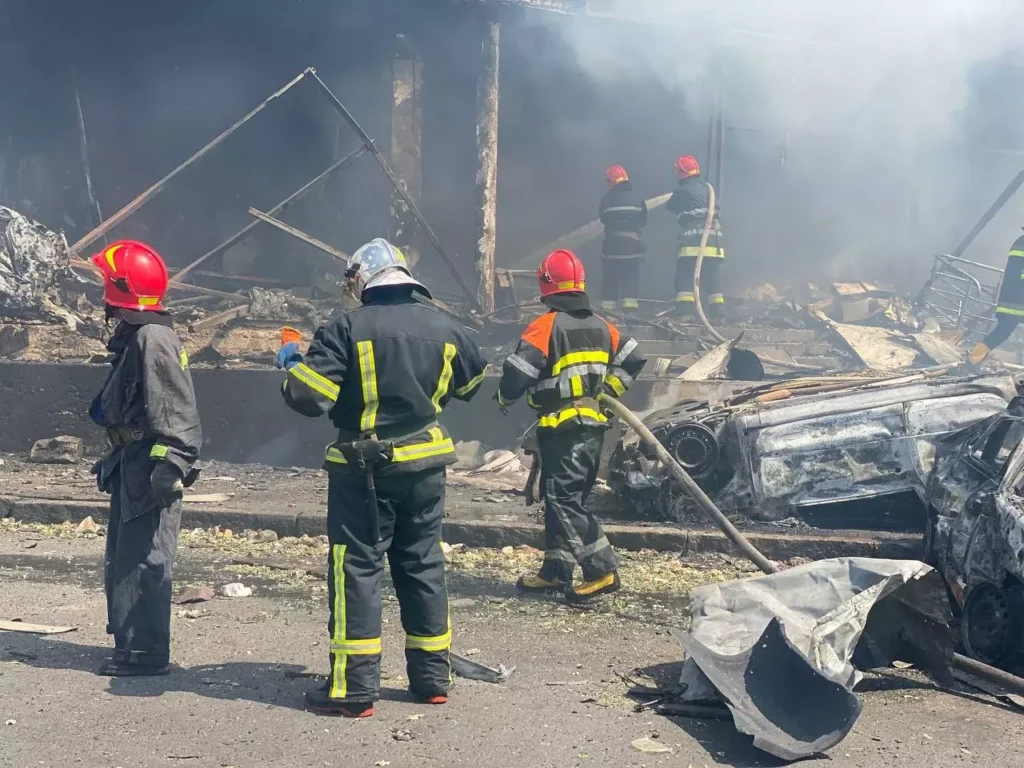
The North Korean military wields the Type 88-2 assault rifle, which is based on a clone of the AK-74 series.
In most regards, the rifle is fairly standard, and on a basic level, it has the same ergonomics and design as an AK: it uses a long-stroke gas piston system with a rotating bolt, chambers the Russian 5.45 cartridge, and offers selective fire capability. However, this is where normalcy ends.
What’s wrong with the Type 88-2?
North Korean engineers inexplicably made the rifle’s stock extremely small and, as a result, it offers hardly any support or a cheek weld for easy aiming. Further, the stock is metallic ensuring that it’s uncomfortable and even downright painful to use in the North Korean winter.
Additionally, North Korean engineers, in their infinite wisdom, designed the Type 88-2 to use a top folding stock, so troops could use their iron sights; this may be the only top folding stock design for the AK series rifles.
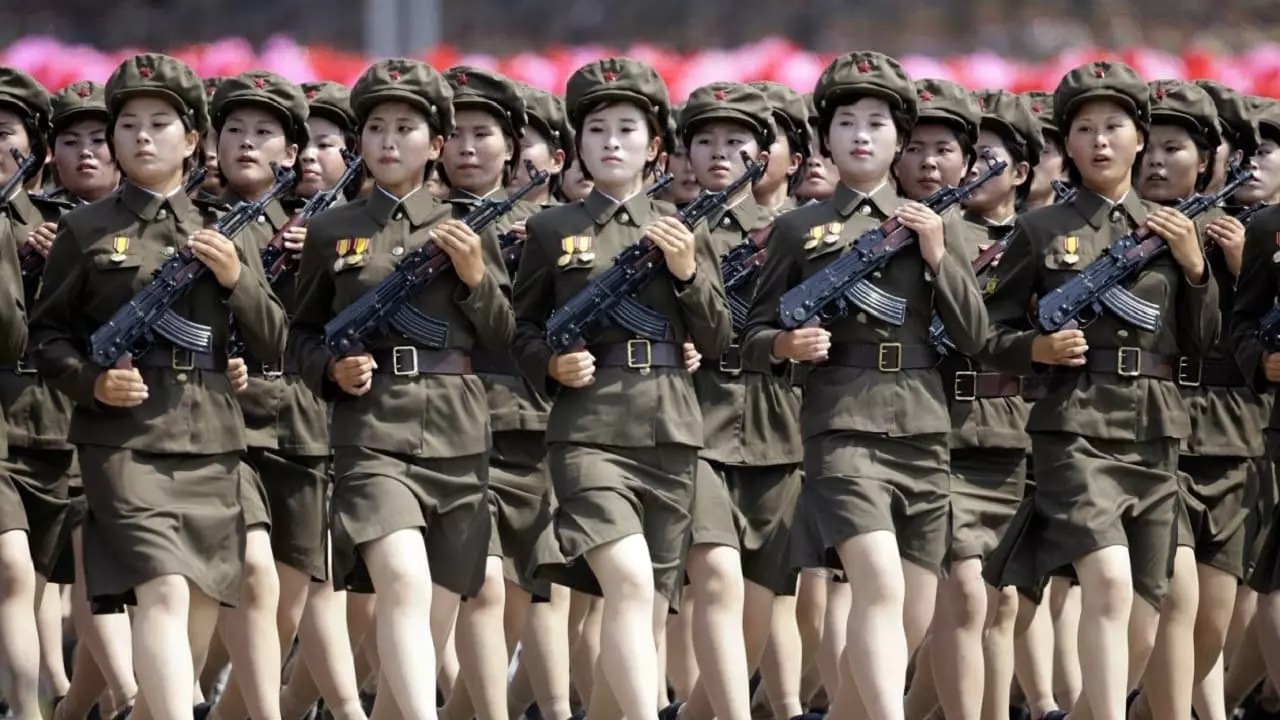
The reason to have a top folding stock is to reduce the size of the weapon; they are typically designed for paratroopers and personnel working in armored vehicles who benefit from smaller weapons.
However, what they ended up doing was sacrificing the sheep and the shepherd. Sure, troops can use the iron sights with the stock folded, but not very well, and when they unfold the stock, they can barely use the sights due to how small the stock is.
Initially, the North Korean military had a side folding variant of the Type 88 known as the Type 88-1, but it moved to the top folding stock because certain North Korean troops were using helical magazines.
A helical magazine extends from the magwell forward rather than directly downward thereby holding more rounds than a typical magazine without being excessively long.
North Korean helical magazines seem to be primarily aimed at the much longer rifle calibers and likely hold anywhere from 100 to 150 rounds. But helical magazines come with many problems.
Related: Ukrainian special forces are getting one of the world’s best sniper rifles thanks to Estonia
The problem with helical magazines

Because of their size and length, helical magazines have to be mounted on the magwell and on the bayonet lug as well. On rifle calibers, like the 5.45 that the AK 88-2 uses, helical magazines are even tougher to deal with and unreliable. Rifle calibers are known as bottleneck cartridges because their case is significantly wider at the end than the projectile. This design bottlenecks at the projectile and likely creates issues with helical magazines’ stability.
Further, these magazines are very slow to reload, and while 150 rounds are probably enough ammo to shoot your starving citizens in a real fight, it’s what we call a warm-up. Actually reloading and carrying spare helical magazines is very difficult due to their size and weight.
These magazines are likely fragile in design, and when broken, they can’t be easily repaired, especially in the field, and if they become dented they are disabled. Also, if the shooter fires a few rounds and then tries to bump a helical magazine, then it has a high chance of failing.
It seems only certain North Korean units carry these magazines, and this includes the bodyguards of Kim Jong-un.
It almost seems as if the Type 88-2 was designed badly on purpose since it uses an inferior stock and magazines. Who knows… maybe the North Korean engineers who designed it were mutineers.
Read more from Sandboxx News
- These are the differences between the M40 and M24 sniper rifles
- The Lethality System Project takes the Australian military’s small arms to the future
- Special Forces test an Israeli mortar system that will make them more lethal and survivable
- This is why the Colt M1903 was the pistol of choice of the OSS
- Mitsubishi X-2: Japan’s failed attempt to build a stealth fighter
Related Posts
Sandboxx News Merch
-
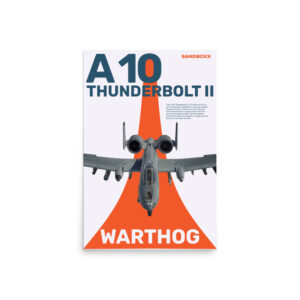
A-10 ‘Warthog’ Poster
$22.00 – $28.00 Select options This product has multiple variants. The options may be chosen on the product page -

F-35 ‘Lightning’ Framed Poster
$45.00 – $111.00 Select options This product has multiple variants. The options may be chosen on the product page -
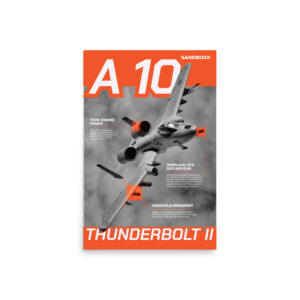
A-10 ‘Thunderbolt Power’ Poster
$22.00 – $28.00 Select options This product has multiple variants. The options may be chosen on the product page

Travis Pike
Travis Pike is a former Marine Machine gunner who served with 2nd Bn 2nd Marines for 5 years. He deployed in 2009 to Afghanistan and again in 2011 with the 22nd MEU(SOC) during a record-setting 11 months at sea. He’s trained with the Romanian Army, the Spanish Marines, the Emirate Marines, and the Afghan National Army. He serves as an NRA certified pistol instructor and teaches concealed carry classes.
Related to: Gear & Tech, Military Affairs
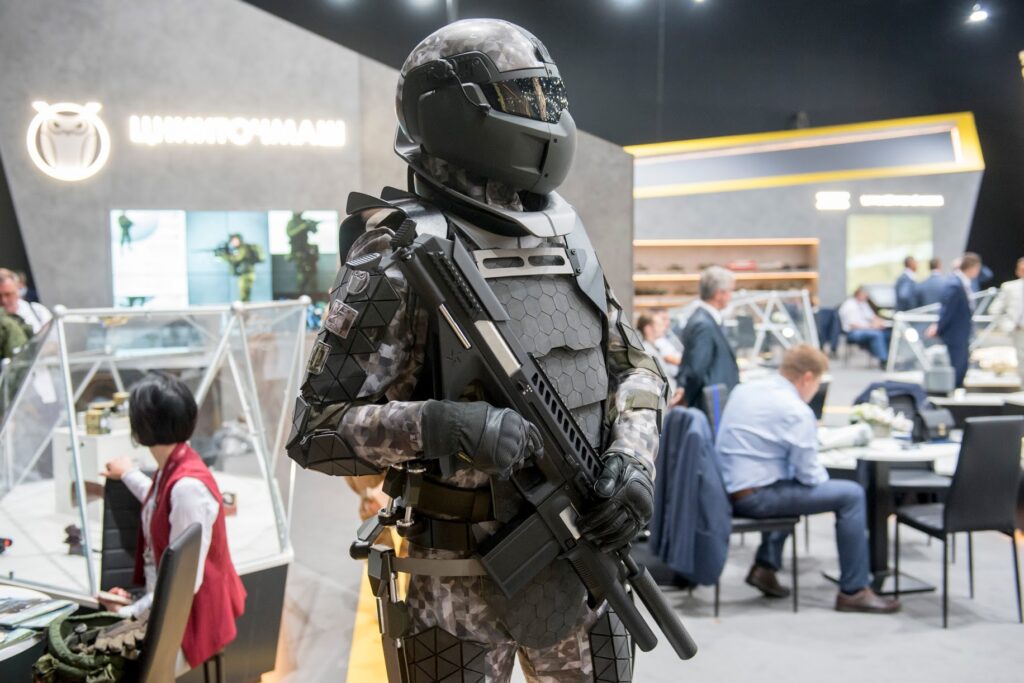
No, Russia’s futuristic Sotnik armor isn’t real

What does a Marine veteran think of Netflix’s ‘Rebel Ridge’?
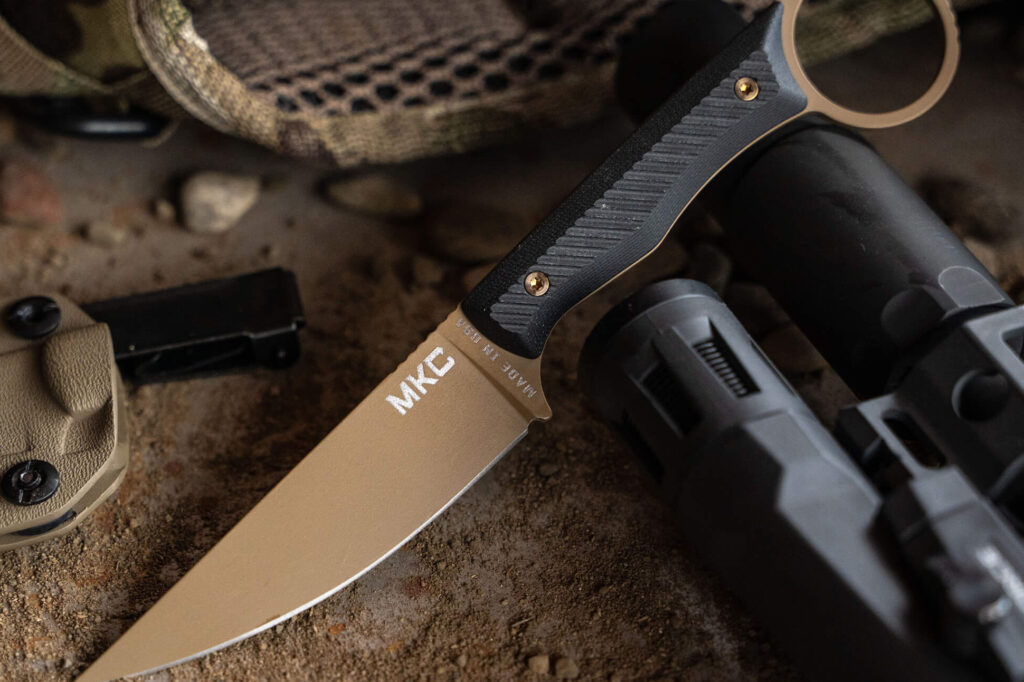
Montana Knife Company enters the tactical knife realm
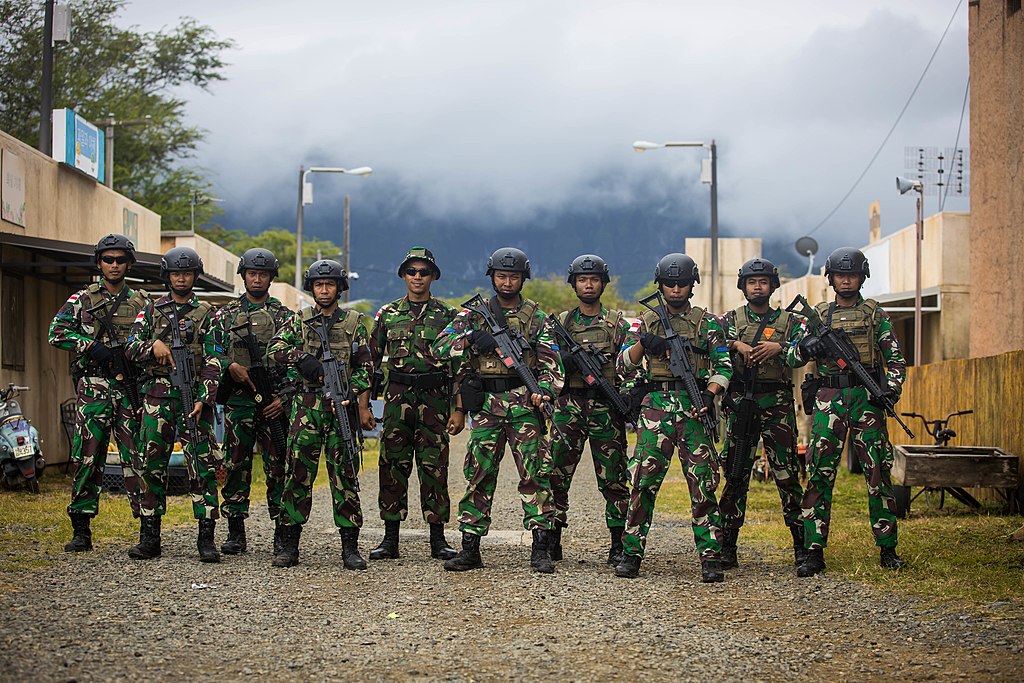
Indonesia’s Pindad SS2 – Service rifles from around the world
Sandboxx News
-

‘Sandboxx News’ Trucker Cap
$27.00 Select options This product has multiple variants. The options may be chosen on the product page -

‘AirPower’ Classic Hoodie
$46.00 – $48.00 Select options This product has multiple variants. The options may be chosen on the product page -

‘AirPower’ Golf Rope Hat
$31.00 Select options This product has multiple variants. The options may be chosen on the product page -

‘Sandboxx News’ Dad Hat
$27.00 Select options This product has multiple variants. The options may be chosen on the product page
